Reportar esta entrada
Más sobre la misma comunidad-colección
Lupita's Tomales in Canutillo, July 3, 2014
"Lupita's Tamales is a take-out place on Doniphan Drive just ...
Lupita Tomales in Canutillo July 3 2014
"Lupita's Tamales is a take-out place on Doniphan Drive just ...
Field of Poppies and Barrel Cactus
Field of blooming poppies, along with a barrel cactus at Caster ...
The State National Bank, second location.
This is the second location for the bank, on the southwest ...
Tienda de Ropa Lightbody y James
Lightbody & James was located on the west side of El Paso St. in ...
Alvaro Obregon, Pancho Villa y el General Pershing
The photograph was taken in 1915. It shows Pancho Villa ...

















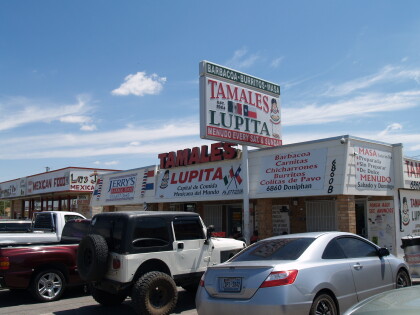
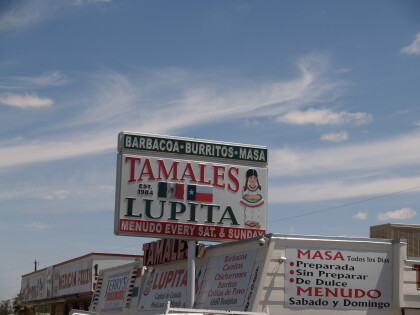
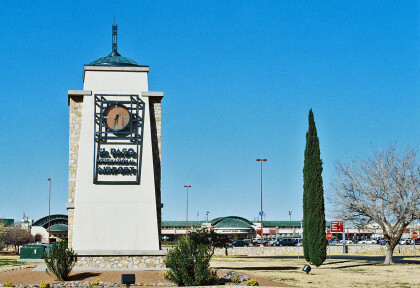
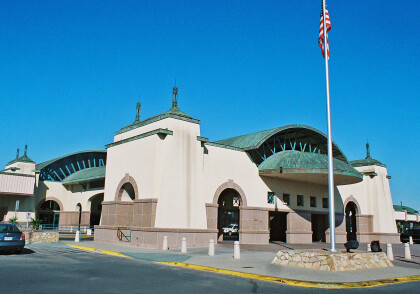
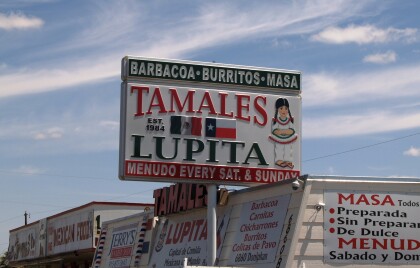
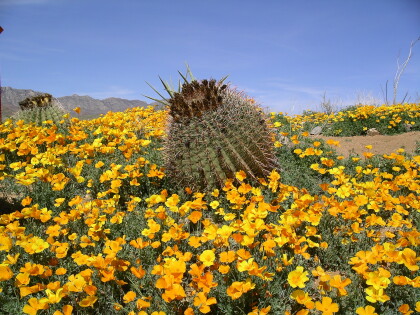
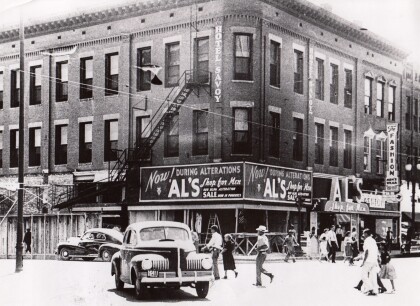
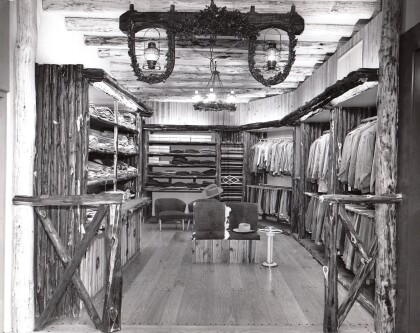
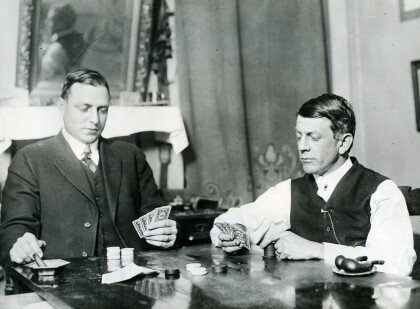
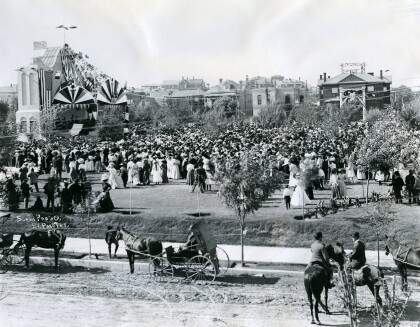
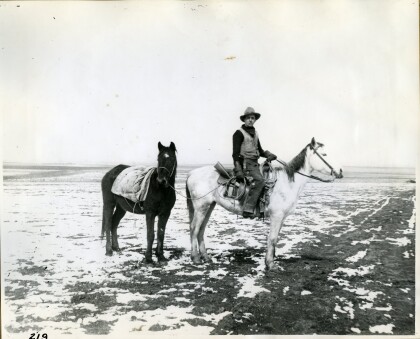
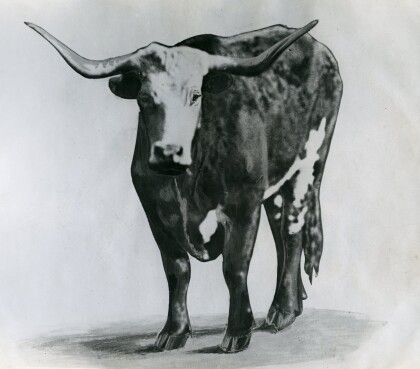
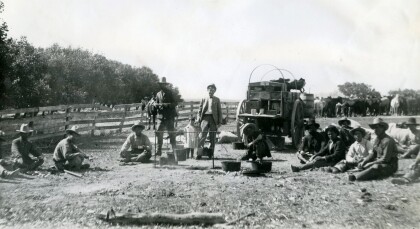
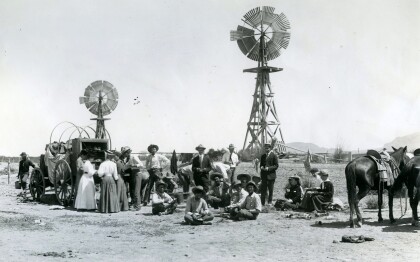
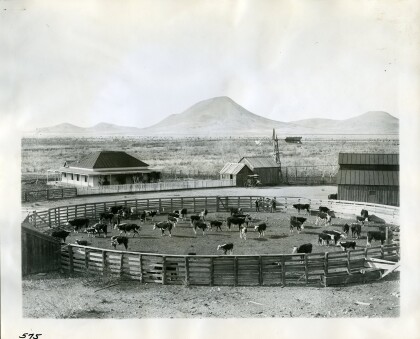
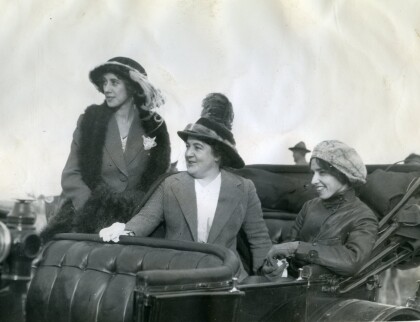
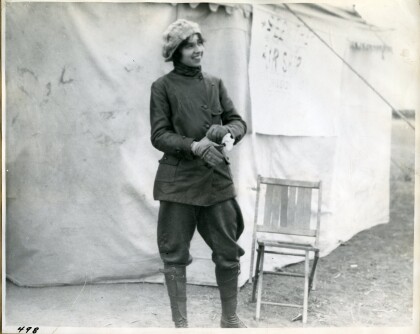
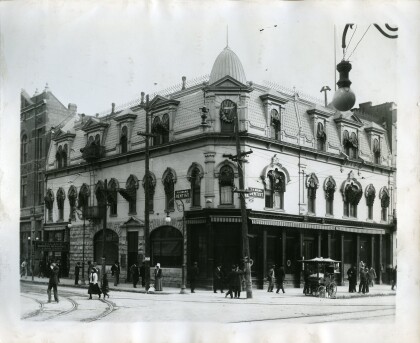
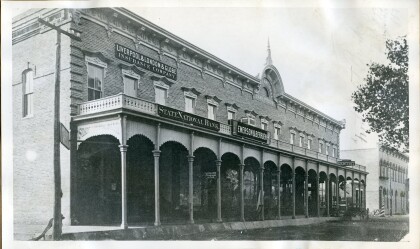
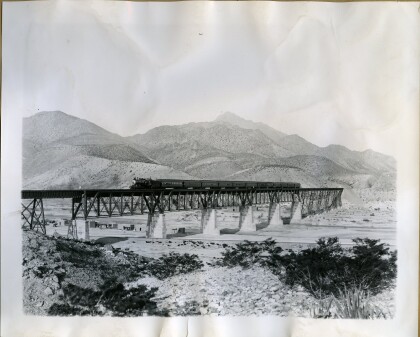
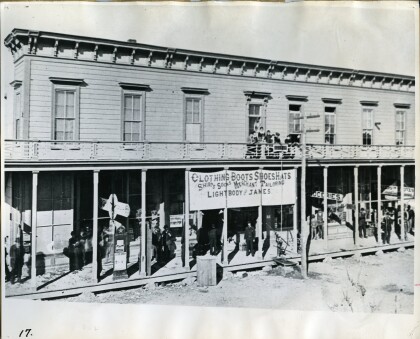
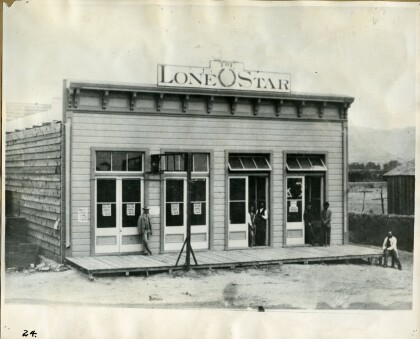
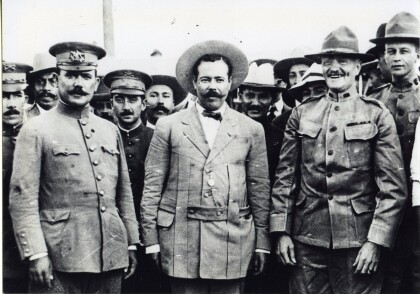
Comentarios
Hacer un comentario